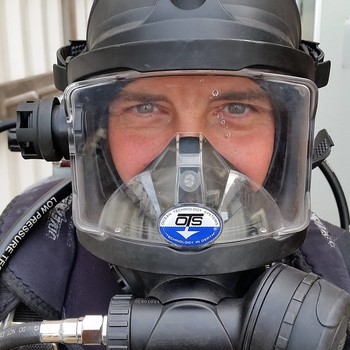How do people know where to drill for a water well?
1 Answer
study of local geology, geophysics methods, bore logs and some luck :)
Explanation:
Drilling for water can be a challenging job in many areas due to the uncertainty in the presence of water and the depth of the water table.
The first step is to study the local geology using the available geological maps to look for structures that will likely host water.
A classic example of such structures is a layer of permeable rock (such as sandstone or fractured limestone) underlined by impermeable levels (such as clay ). The water will accumulate within the permeable layer.
Sometimes the permeable level is sandwiched between two impermeable levels and the water in it can be pressurized so that the well will spontaneously flow at surface. It is an "artesian" aquifer. The recharge of such aquifer happens from lateral formations that convey the infiltrated rain water towards the permeable level.
Geophysics methods can be used to identify the presence of water at depth. They are based on the changes in electric conductivity caused by the water.
Finally bore holes can be drilled to assess the geological sequence of the strata and to identify layers potentially able to host an aquifer.
It is fair to admit that some degree of luck is often associated with finding water mostly in complex and challenging geological settings.

